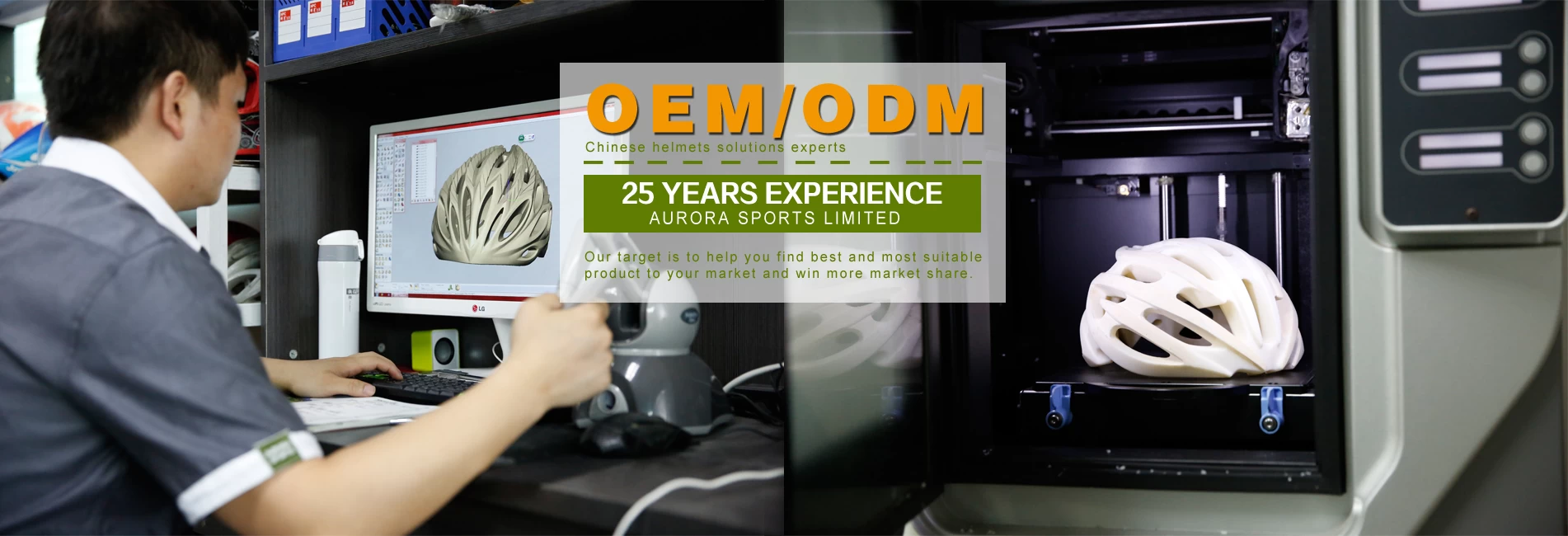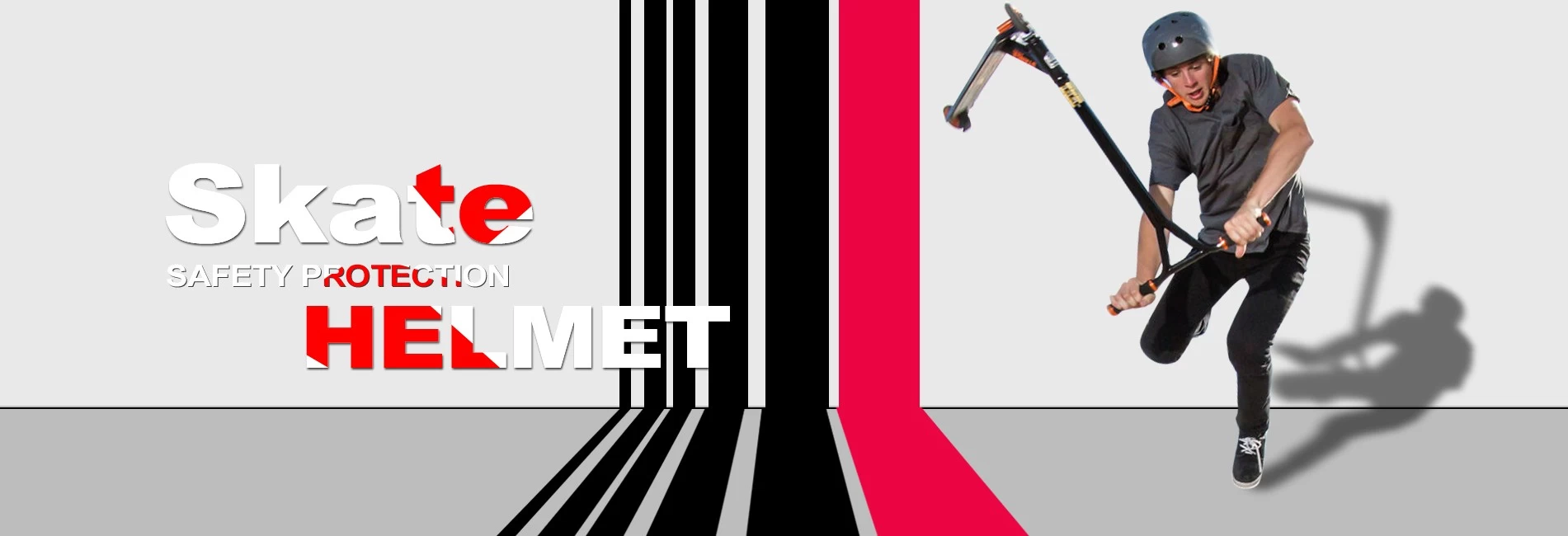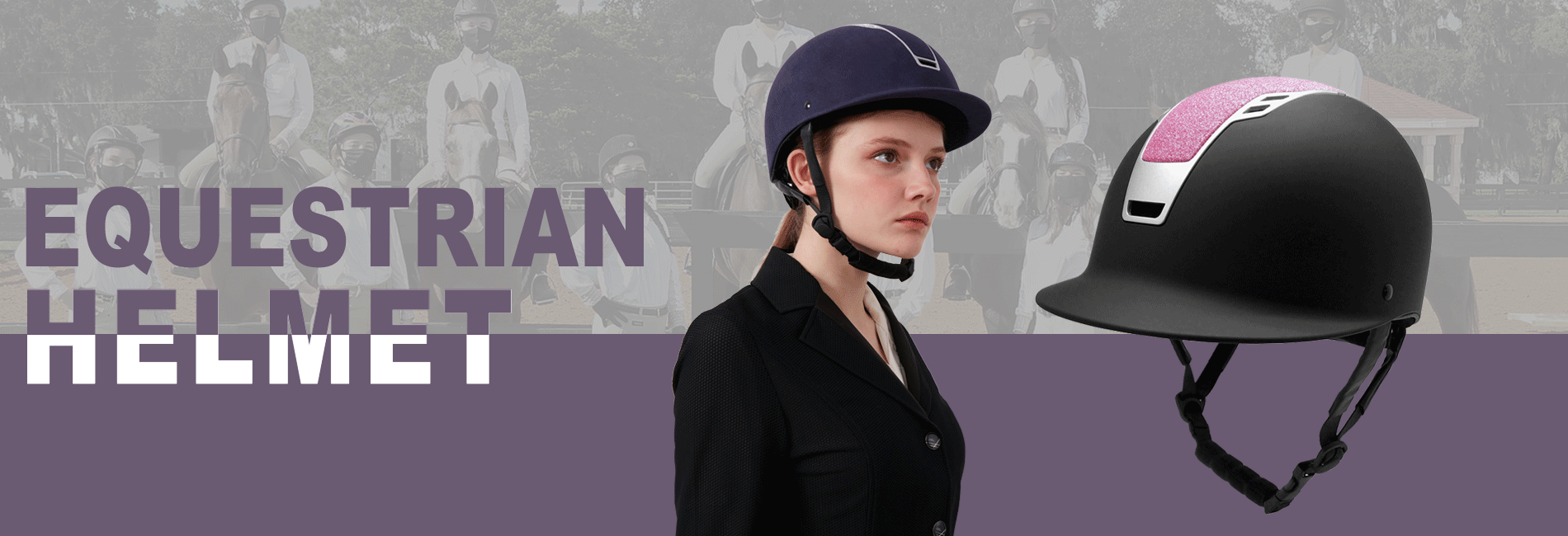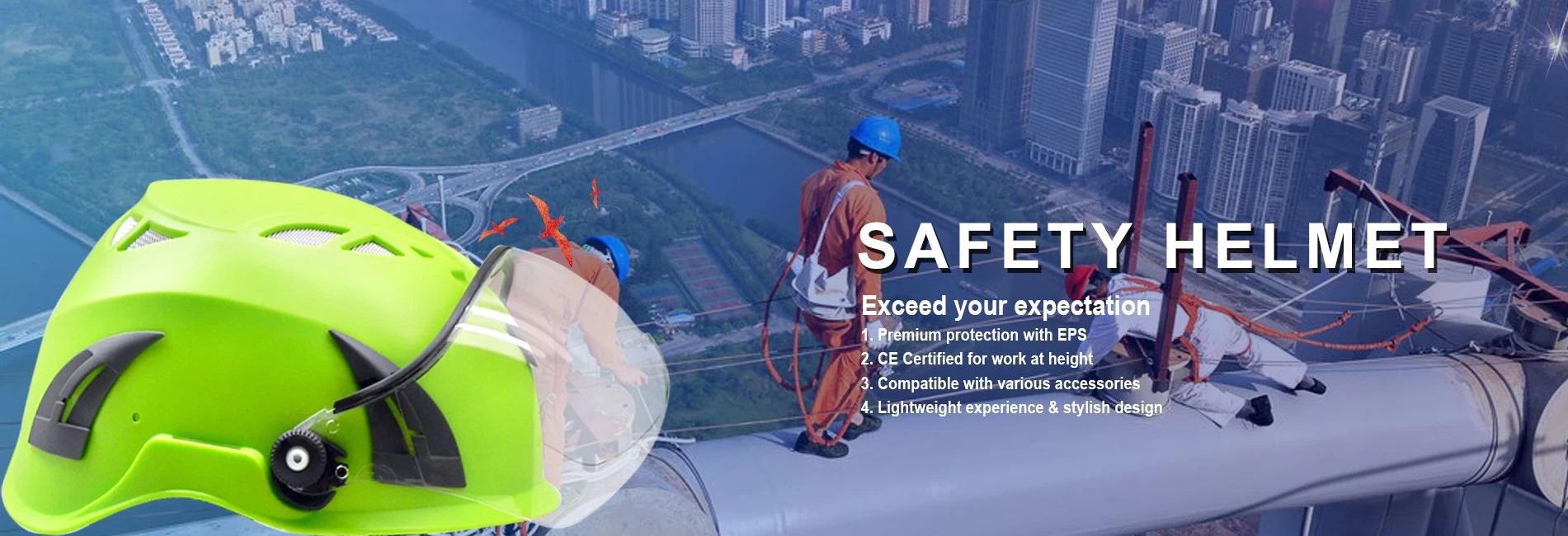Helmets Help Protect The Head, But Also Promote Behavior That Causes Brain Injury
helmet
Safety helmet
2015-12-28 18:18:04
Is it possible that helmets, intended to shield the brain from injury during certain sports matches, could actually increase the risk of traumatic brain injury instead? As upside-down as that idea may sound, a number of medical authorities and other experts argue that helmets can give players a false sense of security, leading to more aggressive play and more risk taking, which in turn results in more concussions – the root cause of debilitating traumatic brain injuries such as Chronic Traumatic Encephalopathy (CTE), a progressive degenerative disease found in individuals who have been subjected to multiple concussions and other forms of head injury throughout their careers.
An article by Edward Tenner about helmet use in sports appeared in The Atlantic recently, discussing the possible downside of using protective head gear in some sports. Mr. Tenner, a historian of technology and culture who often writes about the unintended consequences of innovation, focuses on the use of helmets in lacrosse and football and demonstrates how this protective technology could be making sports more dangerous.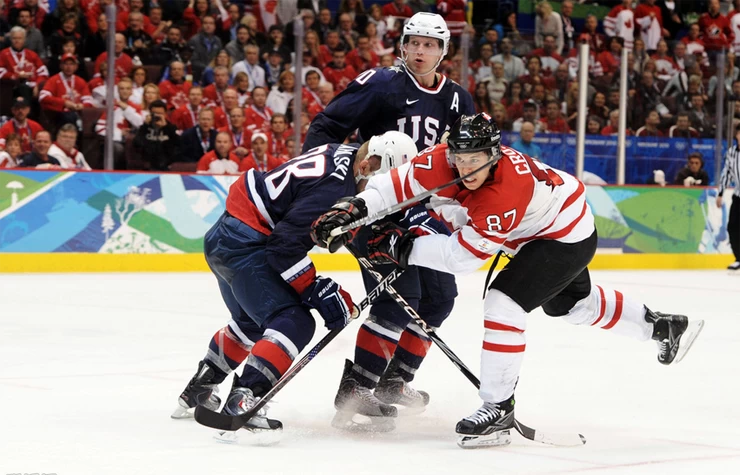
Mr. Tenner notes that while some safety advocates call for the use of helmets in women’s lacrosse, almost everyone involved in the sport objects to the idea.
“It’s hard to absolutely prove, but what we’ve seen is that behavior can change when athletes feel more protected, especially when it comes to the head and helmets,” said Dr. Margot Putukian, Princeton’s director of athletic medicine services and chairwoman of the U.S. Lacrosse safety committee. “They tend to put their bodies and heads in danger that they wouldn’t without the protection. And they aren’t as protected as they might think.”
Football is likely the best example of how helmets encourage athletes to play more aggressively. Football analyst and former coach Beano Cook told CBS he believes today’s football players might be better off wearing the old leather helmets players wore many decades ago.
“Many times players don’t tackle anymore,” Cook told CBS. “They just go head first into some player.”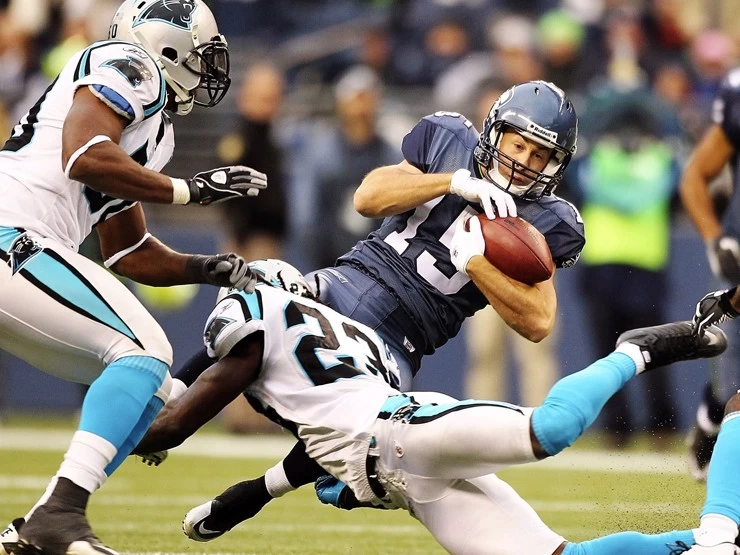
The sense of security football helmets gives players is false because they don’t protect players from the type of violent movement that cause concussions. Dr. Hunt Batjer of Northwestern University, who serves as the co-chair of the NFL’s brain, head and neck medical committee, told CBS that helmets don’t prevent concussion because “when two helmets hit each other at moment zero, they stop. They don’t break. The brain continues to move.”
Nobody believes that football players will one day enter the game without head protection, but awareness of traumatic brain injuries and the shortcomings of protective head gear is growing, and that awareness has led to recent rule changes and penalties for overly aggressive play in professional football.
Any movement at risk, so Aurora helmet keep you more secure!
An article by Edward Tenner about helmet use in sports appeared in The Atlantic recently, discussing the possible downside of using protective head gear in some sports. Mr. Tenner, a historian of technology and culture who often writes about the unintended consequences of innovation, focuses on the use of helmets in lacrosse and football and demonstrates how this protective technology could be making sports more dangerous.

Mr. Tenner notes that while some safety advocates call for the use of helmets in women’s lacrosse, almost everyone involved in the sport objects to the idea.
“It’s hard to absolutely prove, but what we’ve seen is that behavior can change when athletes feel more protected, especially when it comes to the head and helmets,” said Dr. Margot Putukian, Princeton’s director of athletic medicine services and chairwoman of the U.S. Lacrosse safety committee. “They tend to put their bodies and heads in danger that they wouldn’t without the protection. And they aren’t as protected as they might think.”
Football is likely the best example of how helmets encourage athletes to play more aggressively. Football analyst and former coach Beano Cook told CBS he believes today’s football players might be better off wearing the old leather helmets players wore many decades ago.
“Many times players don’t tackle anymore,” Cook told CBS. “They just go head first into some player.”

The sense of security football helmets gives players is false because they don’t protect players from the type of violent movement that cause concussions. Dr. Hunt Batjer of Northwestern University, who serves as the co-chair of the NFL’s brain, head and neck medical committee, told CBS that helmets don’t prevent concussion because “when two helmets hit each other at moment zero, they stop. They don’t break. The brain continues to move.”
Nobody believes that football players will one day enter the game without head protection, but awareness of traumatic brain injuries and the shortcomings of protective head gear is growing, and that awareness has led to recent rule changes and penalties for overly aggressive play in professional football.
Any movement at risk, so Aurora helmet keep you more secure!


